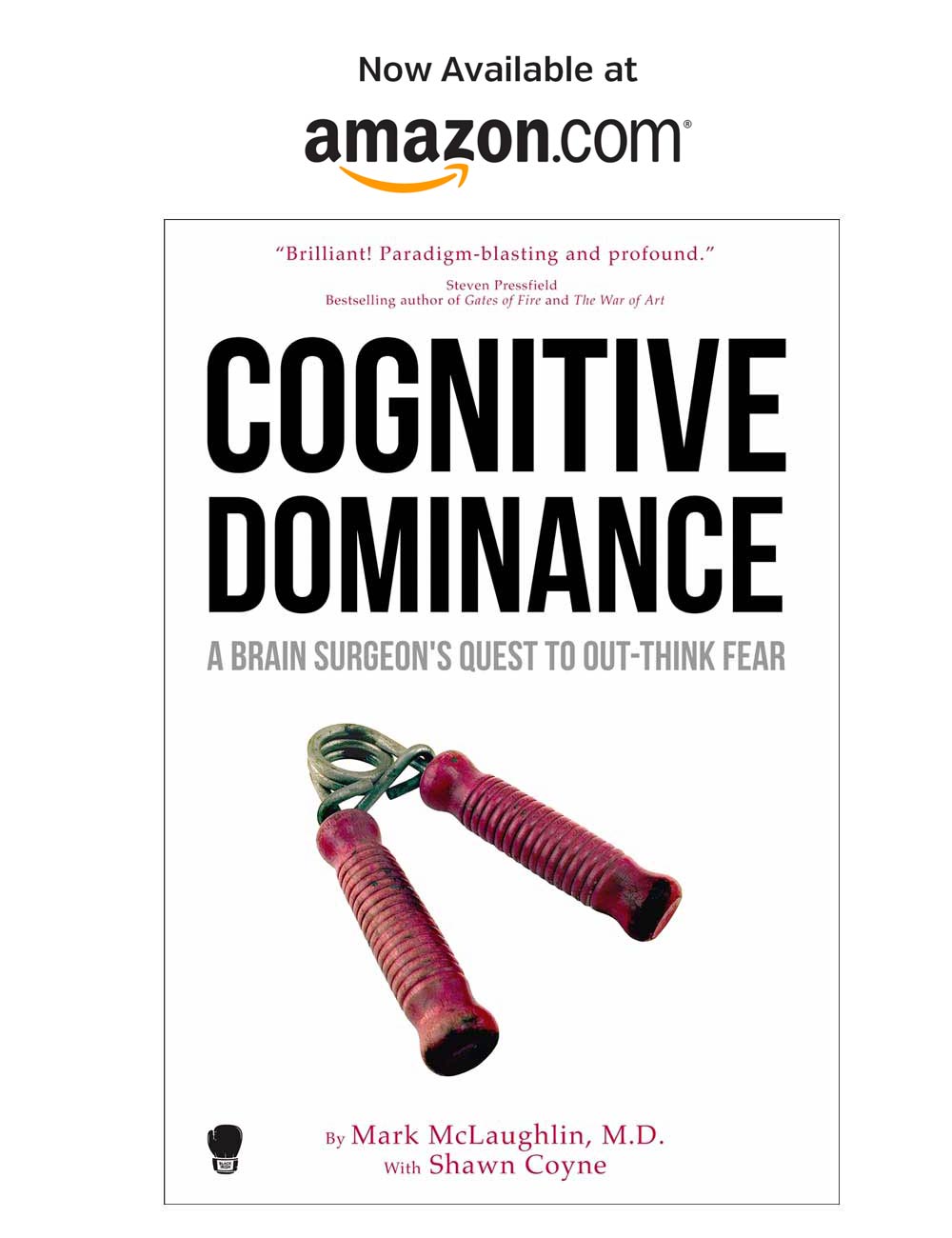Assess The Patient
Welcome to NeuroRounds Attendees and invited guests. You're the first to see the beginning of a new series of teaching videos.
Six Simple Steps to Assessing Any Patient: Day in the Life of a Neurosurgeon (Teaching Video)
Neurosurgeon Dr. Mark McLaughlin demonstrates his six step process for assessing any patient. An easy to follow summary for med students, MD's, NP's and healthcare professionals of all kinds.
In this video, Dr. McLaughlin presents a comprehensive guide to assessing patients in six simple steps. The video is targeted towards medical students and other medical professionals who are looking to improve their patient assessment skills.
The first step in assessing a patient is to make a connection with the patient. You must establish a rapport with the patient and creating a comfortable environment for them to share their concerns.
The second step is to get their story and symptoms in their words. This involves asking open-ended questions and actively listening to the patient’s responses. We're not trying to find out what they've been told. We're looking to see what they are experiencing.
The third step is to learn what has been done so far. This includes reviewing the patient’s medical history and any previous treatments they may have received. Understand the patient’s previous experiences with healthcare and how they may impact their current condition.
The fourth step is to perform a thorough exam. This includes assessing the usual vital signs, such as blood pressure, heart rate, and respiratory rate. You should also perform tests as indicated..., for example a neurological exam, which includes assessing the patient’s reflexes, muscle strength, and coordination.
The fifth step is to "show and tell:. Dr. McLaughlin shares any diagnostic tests, such as imaging studies, with the patient and explains what they reveal about the patient’s condition. The patient needs to be involved in the decision-making process and must understand their treatment options.
Finally, the sixth step is to solicit and answer questions, and confirm that the patient understands what you’ve just explained.
Overall, this video is intended to provide a comprehensive guide to correctly assessing patients. It may also guide patients as to what to expect in a complete office visit. I hope you find this description helpful!
